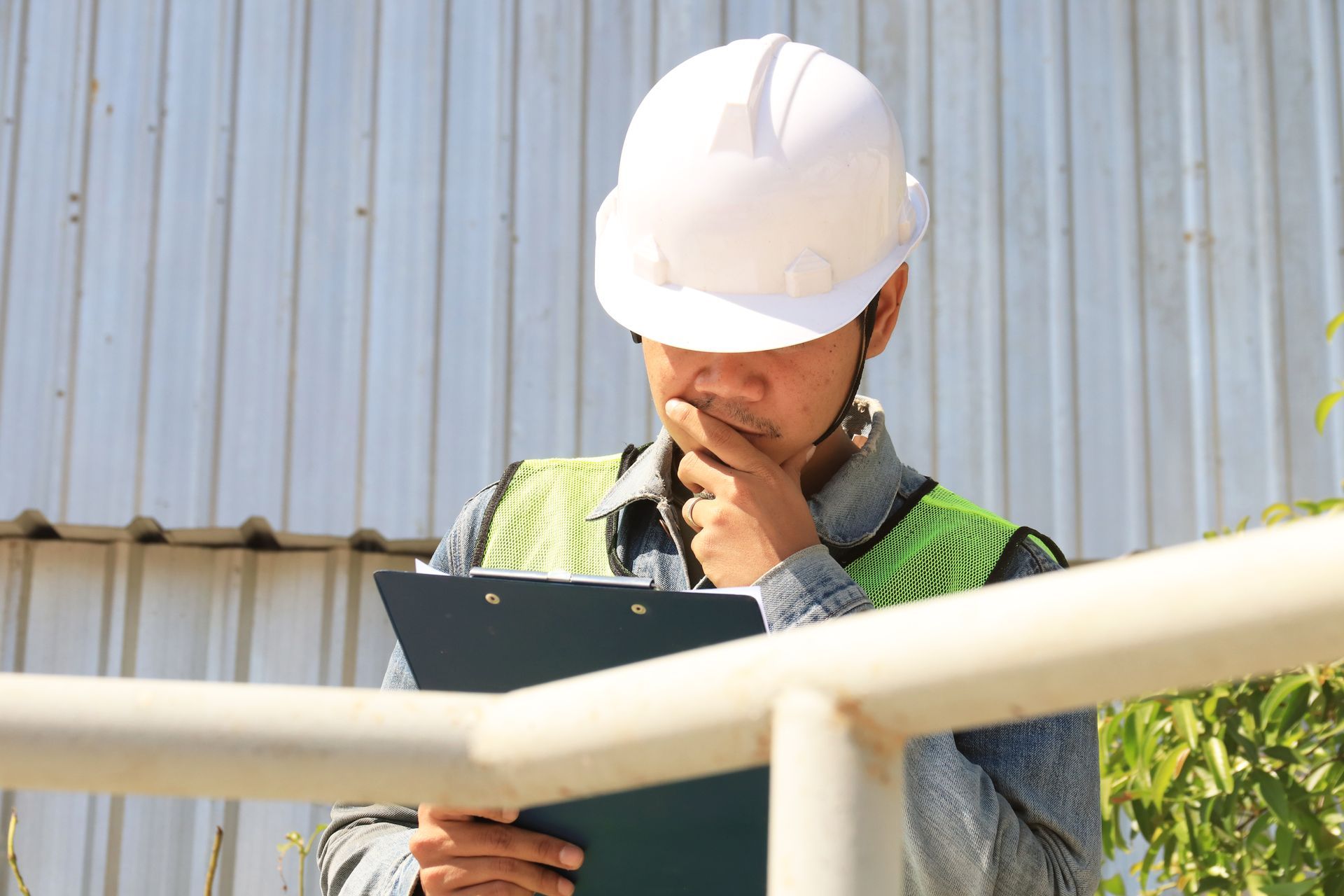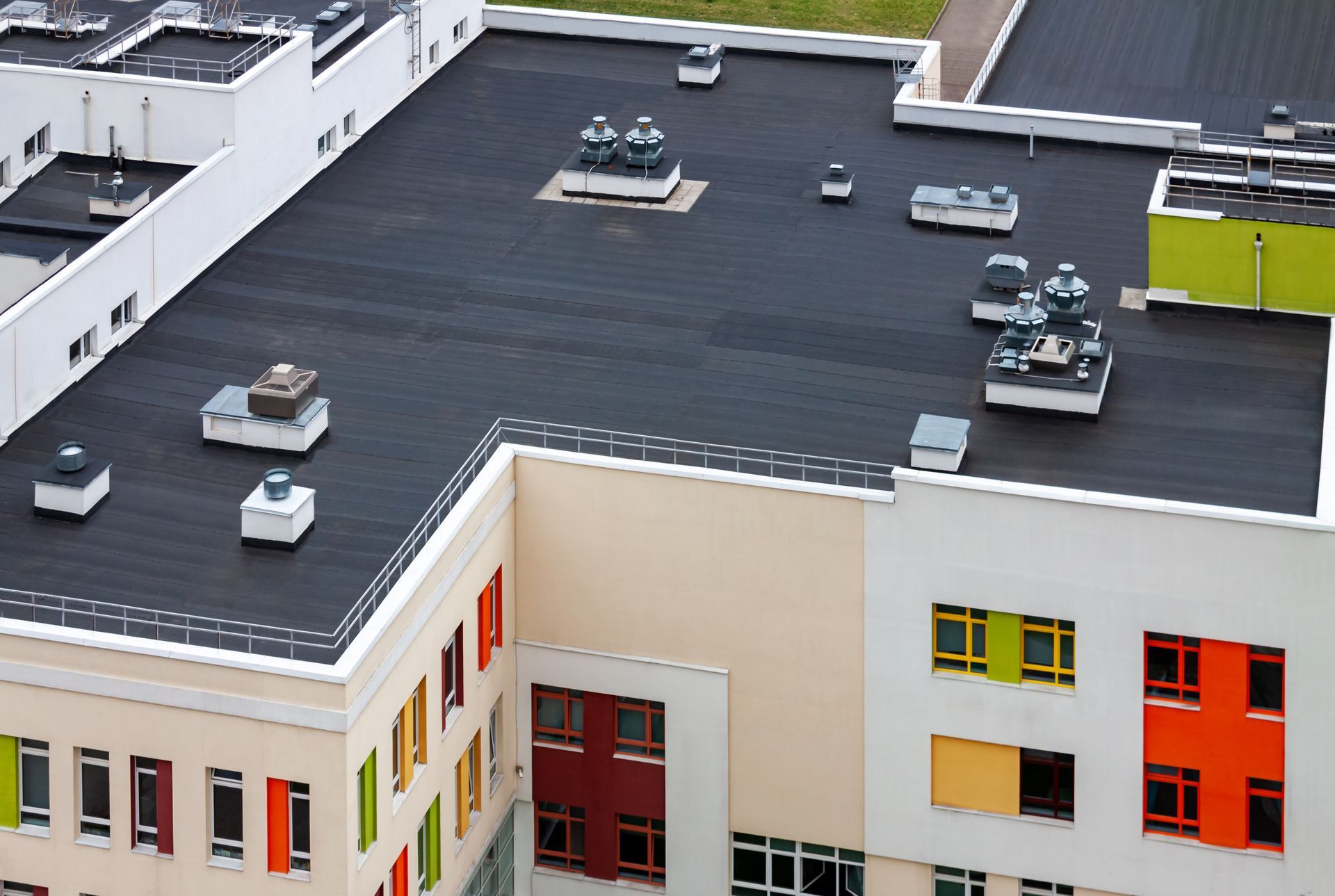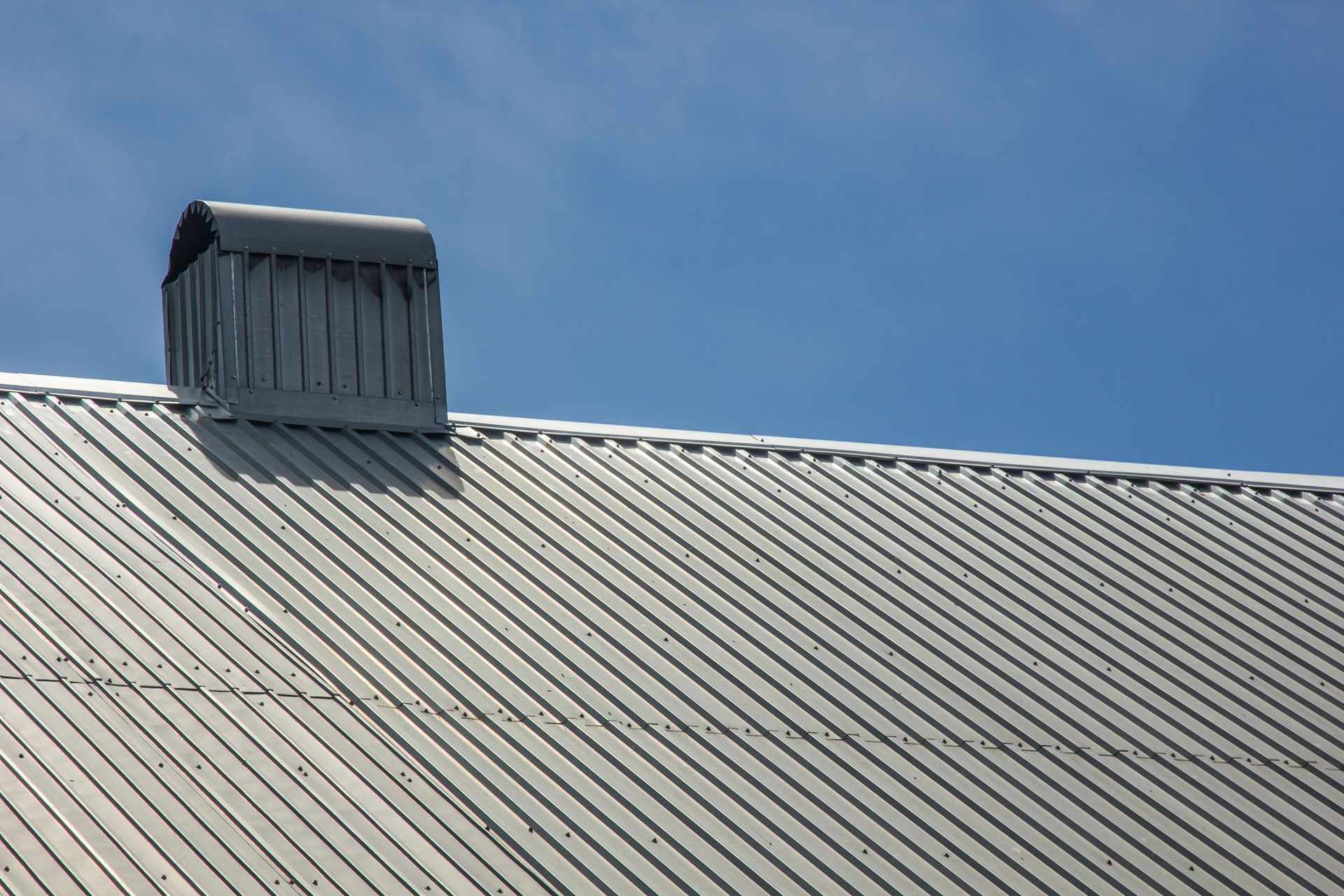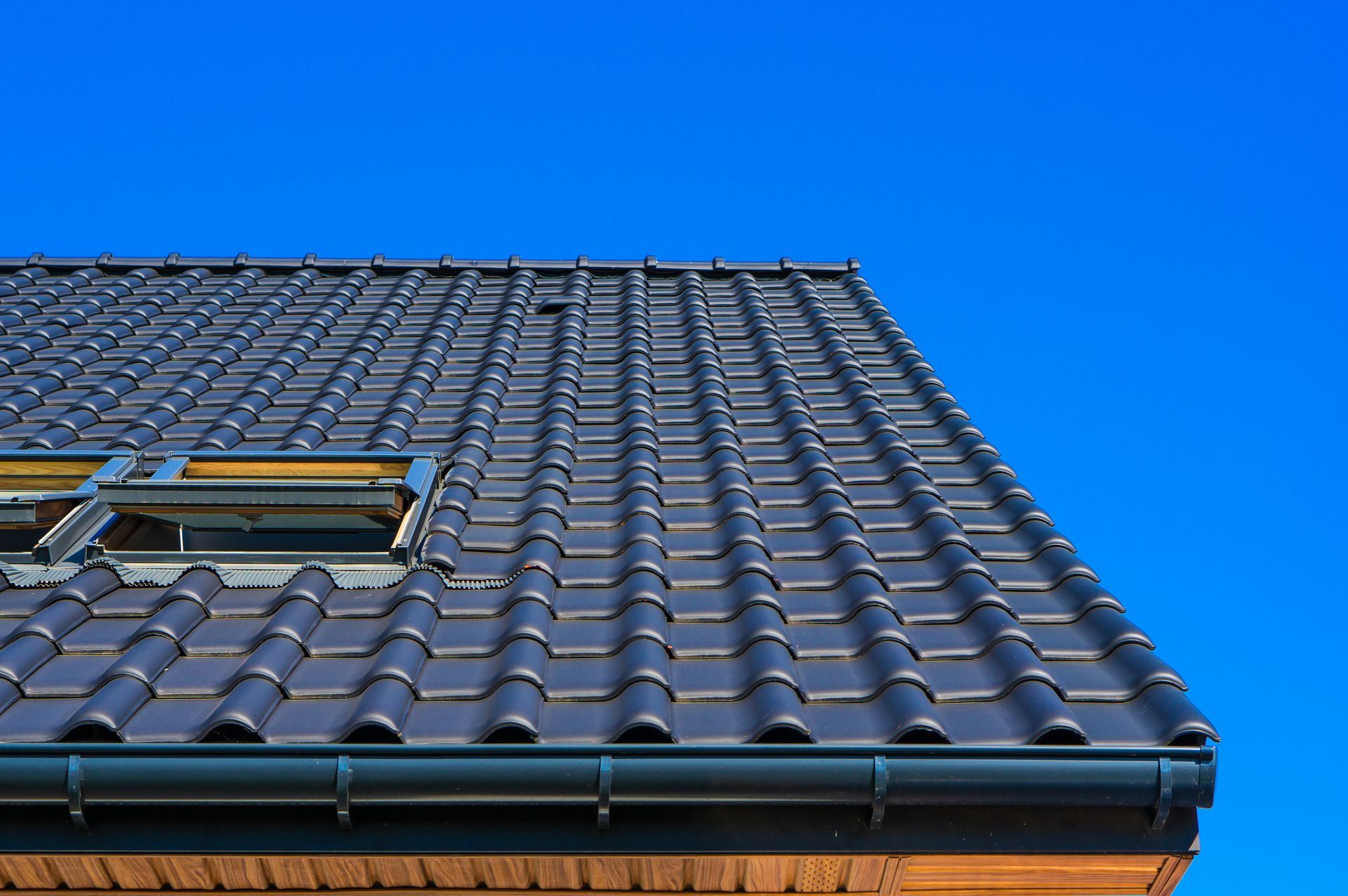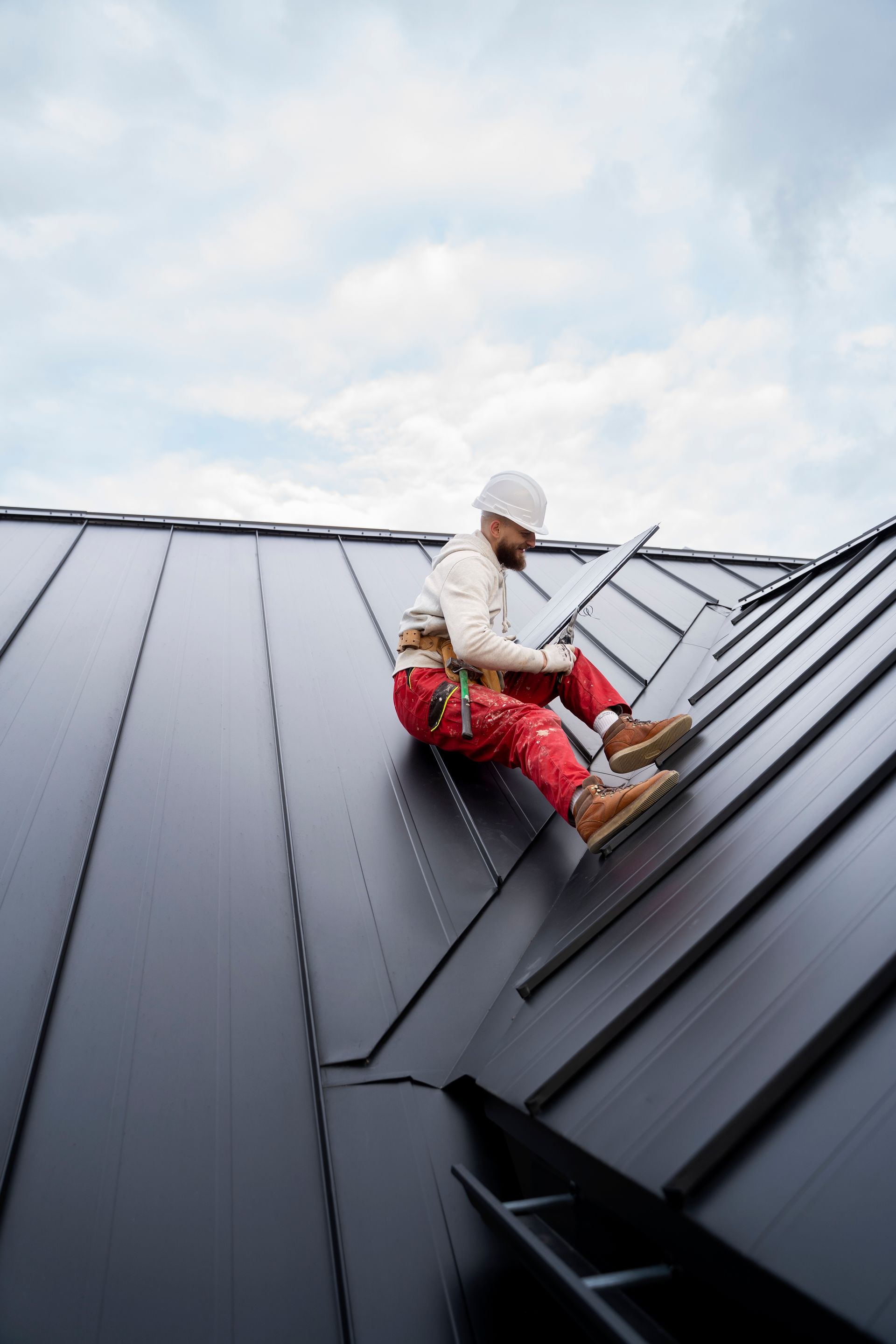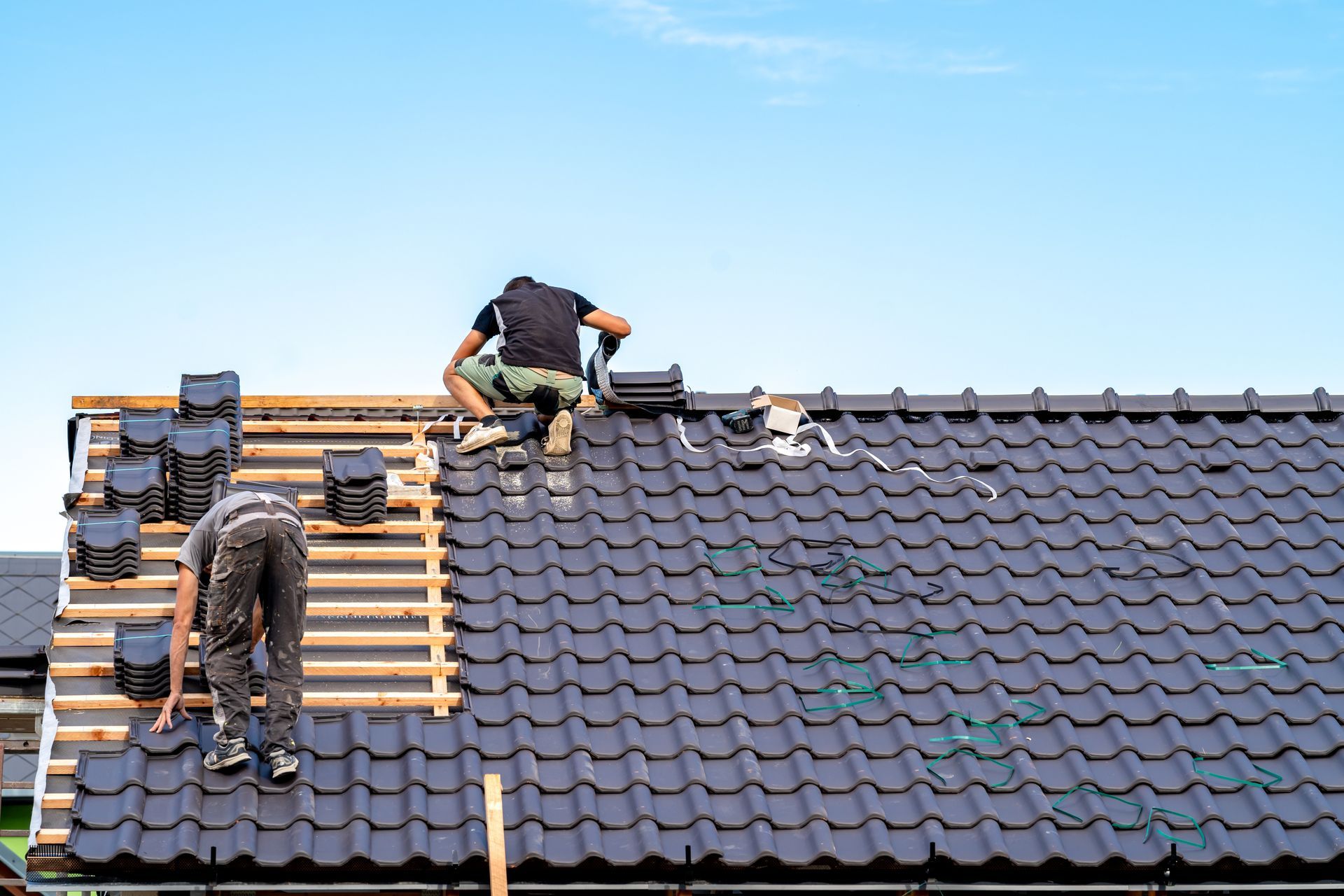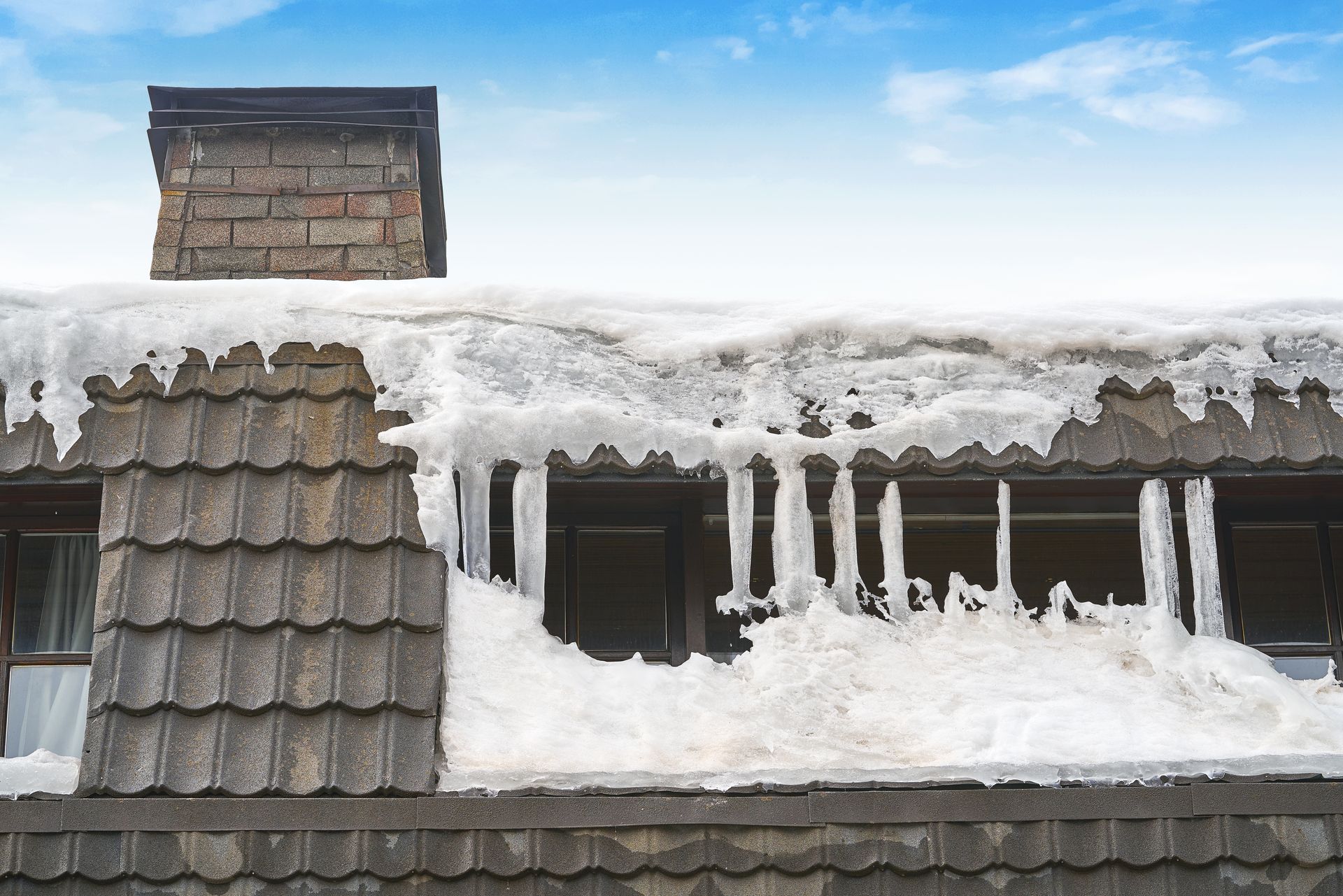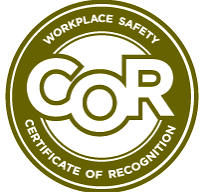Is Metal Roofing Worth the Cost?
Metal roofing has gained popularity due to its durability, energy efficiency, and aesthetic appeal. This article explores whether investing in metal roofing is worth the cost by examining its advantages, disadvantages, cost factors, and environmental impact.
Introduction
Metal roofing has emerged as a durable and energy-efficient alternative to traditional roofing materials. Homeowners considering a roof replacement or installation often wonder if the higher initial cost of metal roofing is justified by its long-term benefits. This article delves into various aspects to help homeowners make an informed decision.
What is Metal Roofing ?
Metal roofing consists of metal panels or shingles made from materials such as steel, aluminum, zinc, or copper. These roofs offer superior longevity and performance compared to traditional asphalt shingles. They are highly durable and designed to withstand extreme weather conditions, making them a reliable choice for homeowners seeking longevity and performance in their roofing material.
Advantages of Metal Roofing
Durability
Metal roofs are known for their longevity, often lasting 50 years or more with minimal maintenance. They can withstand harsh weather conditions including wind, snow, and hail, providing peace of mind to homeowners worried about roof durability and longevity.
Energy Efficiency
Metal roofs reflect solar radiant heat, reducing cooling costs during hot seasons. They are often coated with reflective pigments to enhance energy efficiency, contributing to lower energy bills over time while maintaining a comfortable indoor environment.
Aesthetic Appeal
Modern metal roofing comes in a variety of styles and colors, complementing different architectural designs. They can mimic the look of traditional materials like slate or wood shakes, offering homeowners both durability and aesthetic versatility.
Disadvantages of Metal Roofing
Initial Cost
Metal roofing typically costs more upfront than traditional asphalt shingles. However, this initial investment is offset by long-term savings in maintenance and energy costs. Homeowners should consider their budget and long-term financial goals when deciding on roofing materials.
Noise
Metal roofs can be noisy during heavy rain or hailstorms. Proper insulation and underlayment can mitigate this issue, making it comparable to other roofing materials and ensuring a quieter indoor environment.
Expansion and Contraction
Metal expands and contracts with temperature changes, which can cause fasteners to loosen over time. Proper installation techniques are crucial to prevent issues, ensuring the roof maintains structural integrity throughout its lifespan.
Factors Influencing the Cost of Metal Roofing
Material Type
Different metal types vary in cost and durability. Steel is more affordable, while copper is a premium option known for its longevity and aesthetic appeal. Homeowners should choose a metal type that aligns with their budget and aesthetic preferences.
Roof Size
The size and complexity of the roof impact installation costs. Larger roofs require more materials and labor, increasing overall expenses. Homeowners should obtain accurate measurements and consult with roofing professionals to estimate costs effectively.
Roof Complexity
Roofs with multiple angles, dormers, or skylights are more challenging to install, affecting labor costs. Simple roof designs are more cost-effective to install, minimizing overall project expenses for homeowners.
Comparing Metal Roofing Costs with Other Roofing Materials
Metal roofing costs more upfront than asphalt shingles but offers superior longevity and energy efficiency. Asphalt shingles may need replacement within 20-30 years, whereas metal roofs can last 50 years or more with minimal maintenance, providing long-term cost savings.
Long-Term Savings with Metal Roofing
Despite higher initial costs, metal roofing offers significant long-term savings in maintenance and energy bills. They require less frequent repairs and can lower cooling costs due to their reflective properties, making them a cost-effective investment over the lifespan of the roof.
Environmental Impact of Metal Roofing
Sustainability
Metal roofs are often made from recycled materials and are fully recyclable at the end of their lifespan. This reduces landfill waste and promotes sustainability, making them an environmentally friendly choice for homeowners concerned about their ecological footprint.
Recyclability
Unlike asphalt shingles, which contribute to landfill waste, metal roofing materials can be recycled into new products after removal. This closed-loop recycling process minimizes environmental impact and supports sustainable building practices.
Choosing the Right Metal Roofing for Your Home
Consultation with Roofing Professionals
Evaluate different metal roofing options with the help of experienced contractors. They can recommend suitable materials based on your home’s location, climate, and style preferences, ensuring you choose a roof that meets your needs and enhances curb appeal.
Considering Your Home’s Style
Choose a metal roof that enhances your home’s curb appeal and complements its architectural features. Opt for colors and styles that blend seamlessly with existing aesthetics, creating a cohesive and attractive exterior appearance.
Maintenance Requirements
Metal roofs are low-maintenance but benefit from periodic inspections and maintenance. Clear debris, check for loose fasteners, and inspect seals around penetrations to prolong the roof’s lifespan and maintain its performance over time.
Conclusion
In conclusion, while metal roofing requires a higher initial investment, its durability, energy efficiency, and aesthetic benefits make it a worthwhile long-term investment for homeowners. Consult with roofing professionals to explore options that fit your budget and needs, ensuring you make an informed decision that enhances your home’s value and performance.
FAQs
- How long does a metal roof typically last? Metal roofs can last 50 years or more with proper maintenance, outlasting traditional asphalt shingles and providing long-term durability and reliability.
- Are metal roofs noisy during rainstorms? Modern metal roofing systems are designed with insulation and underlayment to minimize noise, ensuring a quieter indoor environment during inclement weather.
- Do metal roofs attract lightning? No, metal roofs do not attract lightning strikes any more than other roofing materials. They are safe and provide reliable protection against severe weather conditions.
- Can you walk on a metal roof? Yes, metal roofs are durable and can withstand occasional foot traffic for maintenance purposes, ensuring ease of access for inspections and repairs.
- Are metal roofs more prone to rusting? Metal roofs are typically coated with corrosion-resistant materials to prevent rusting, ensuring longevity and durability even in humid or coastal environments.
At Advanced Roofing Systems Ltd. in Edmonton , we are committed to providing superior roofing solutions tailored to your needs. With years of experience and a dedicated team of professionals, our goal is to ensure your satisfaction with every project. Whether you’re considering metal roofing for its durability or exploring options to enhance energy efficiency, our team is here to guide you through the process. Contact us today to discover how we can elevate your home with our quality roofing services.
The post Is Metal Roofing Worth the Cost? appeared first on Advanced Roofing Systems.

